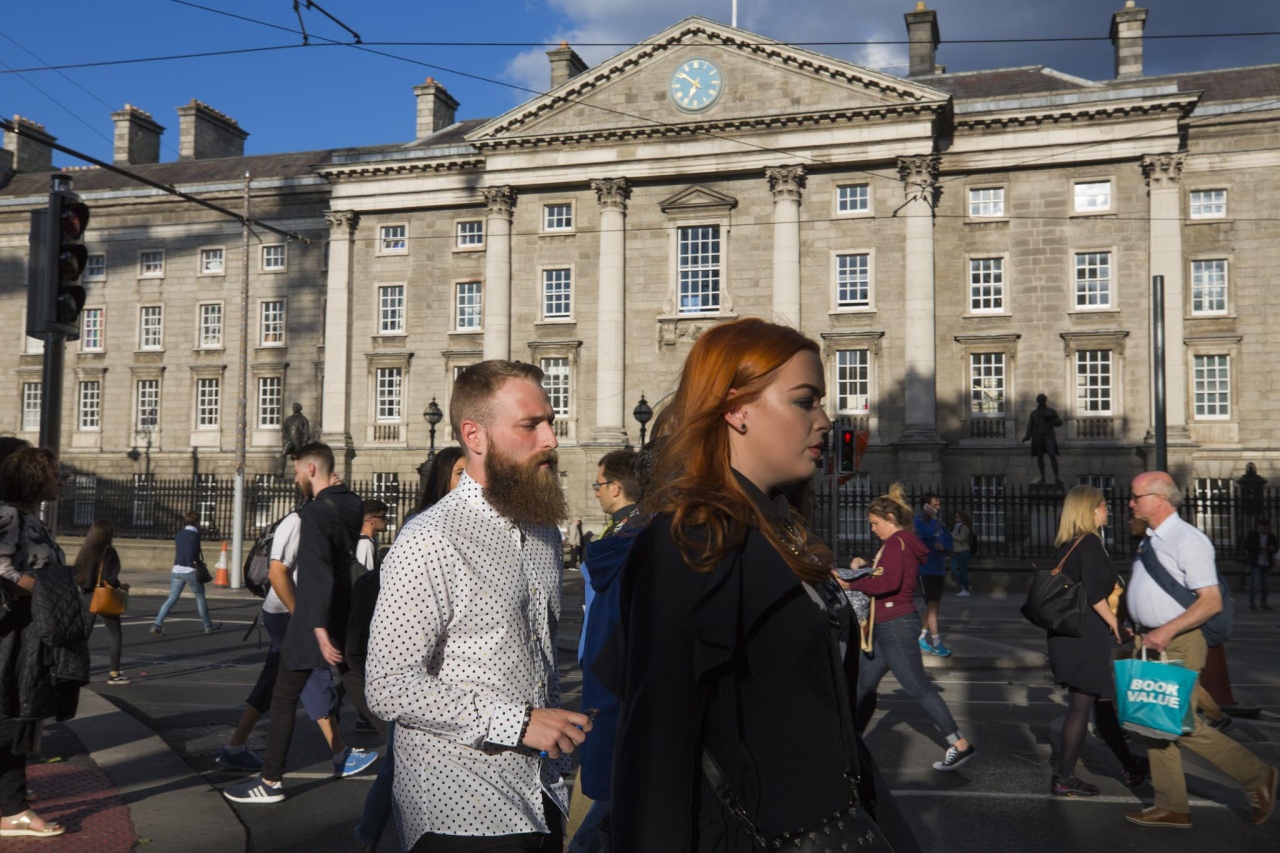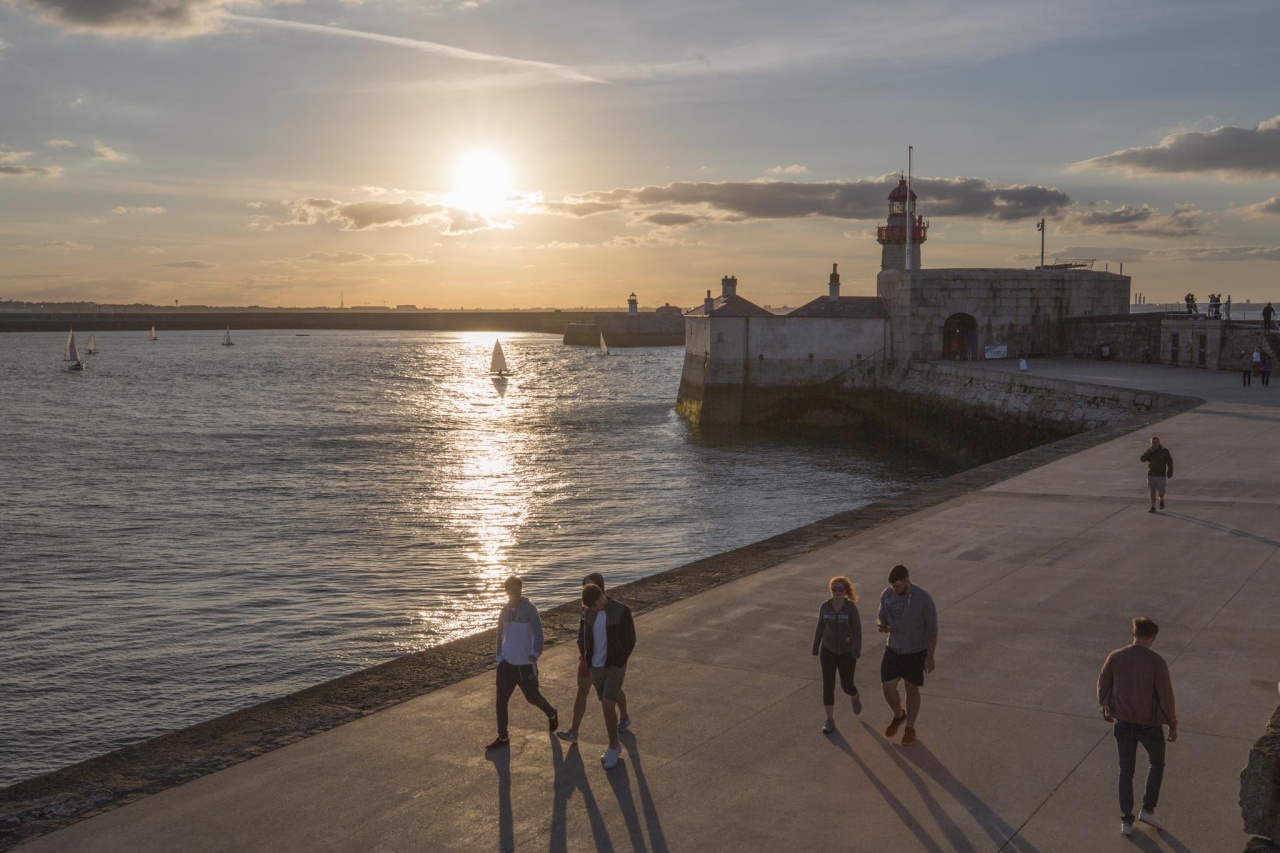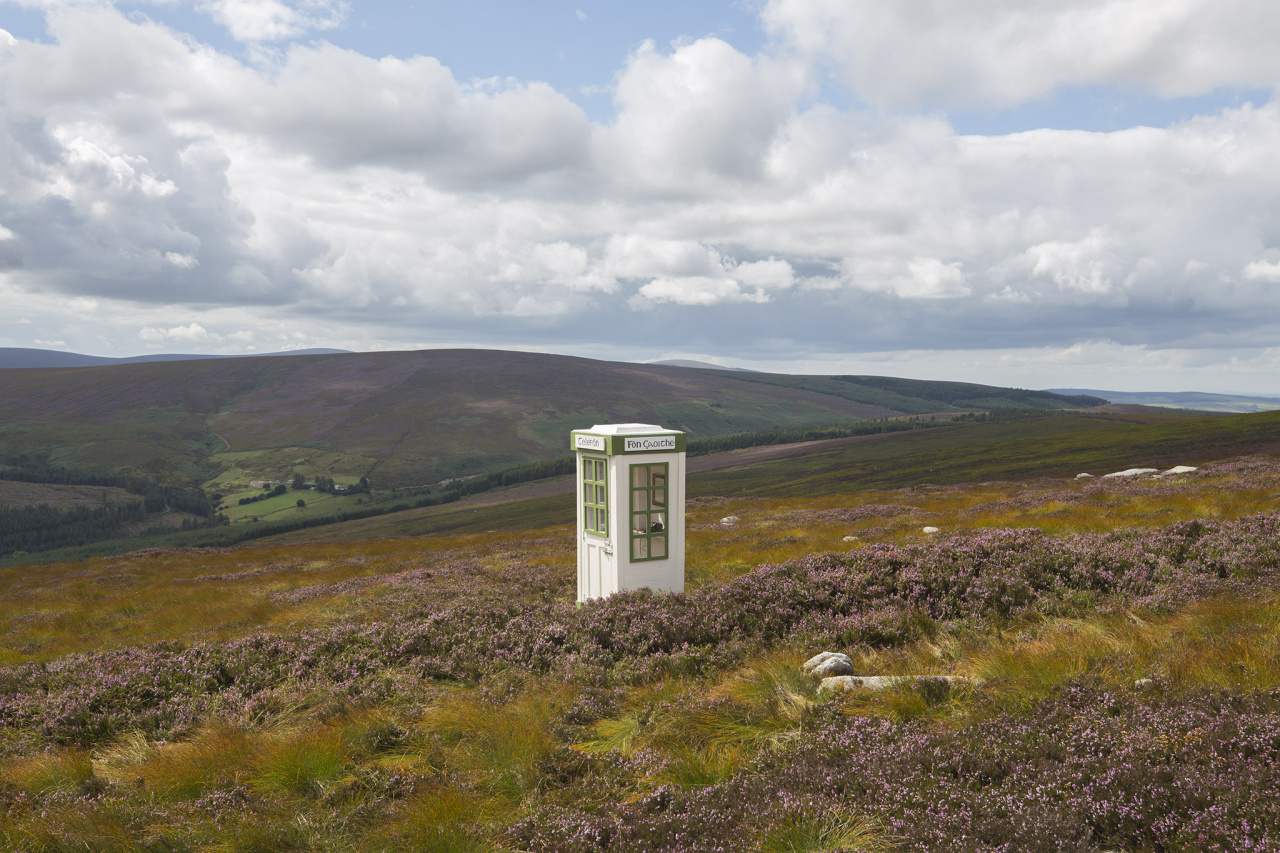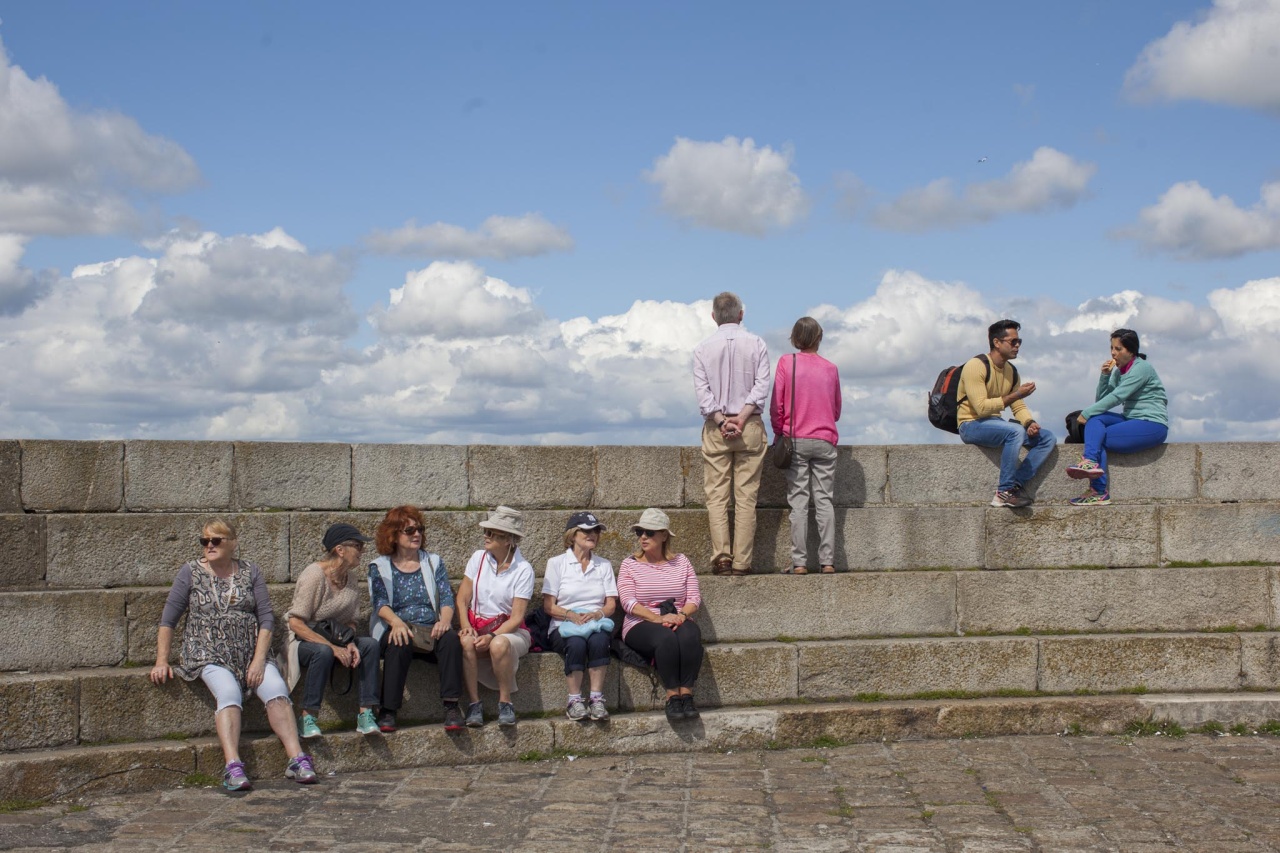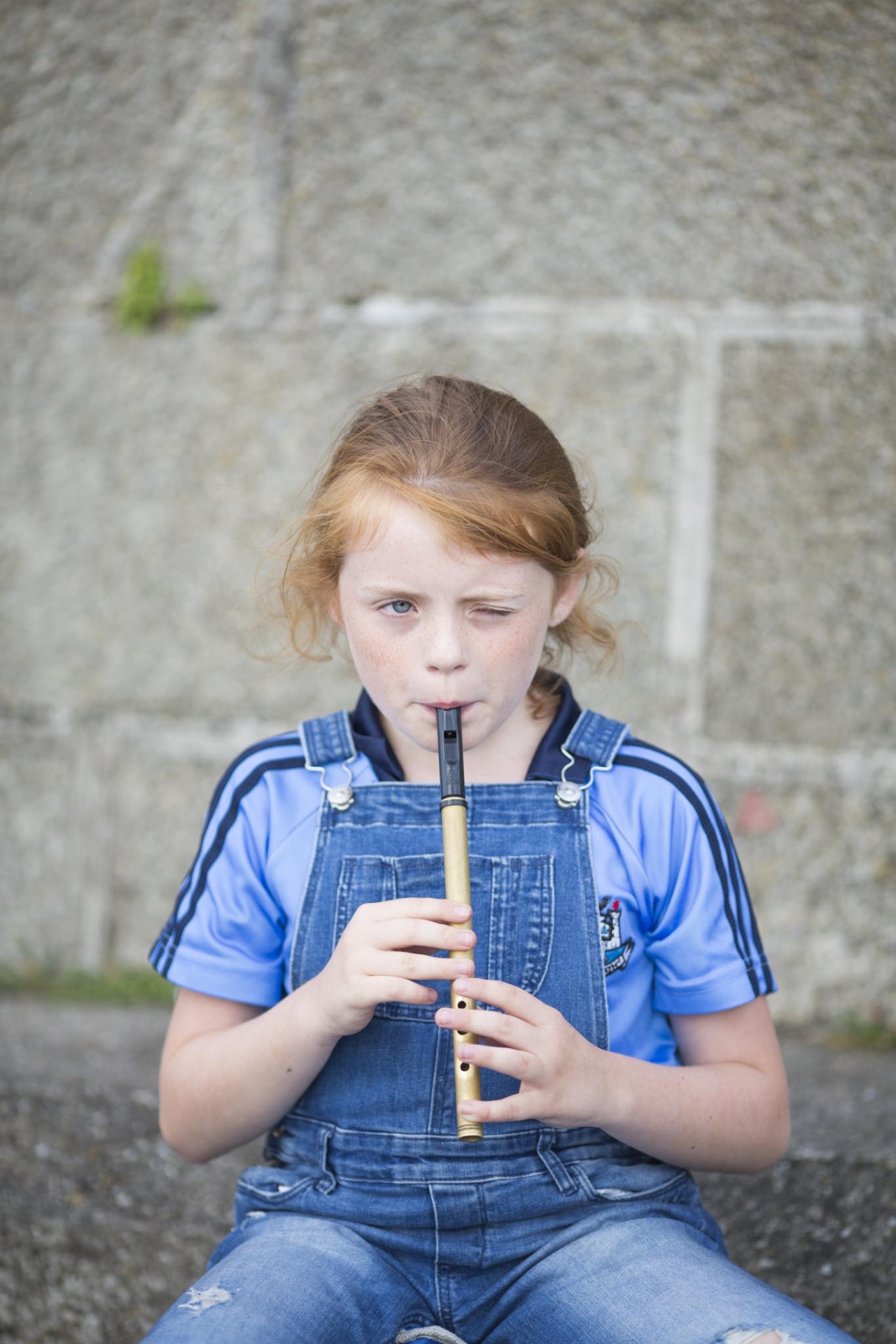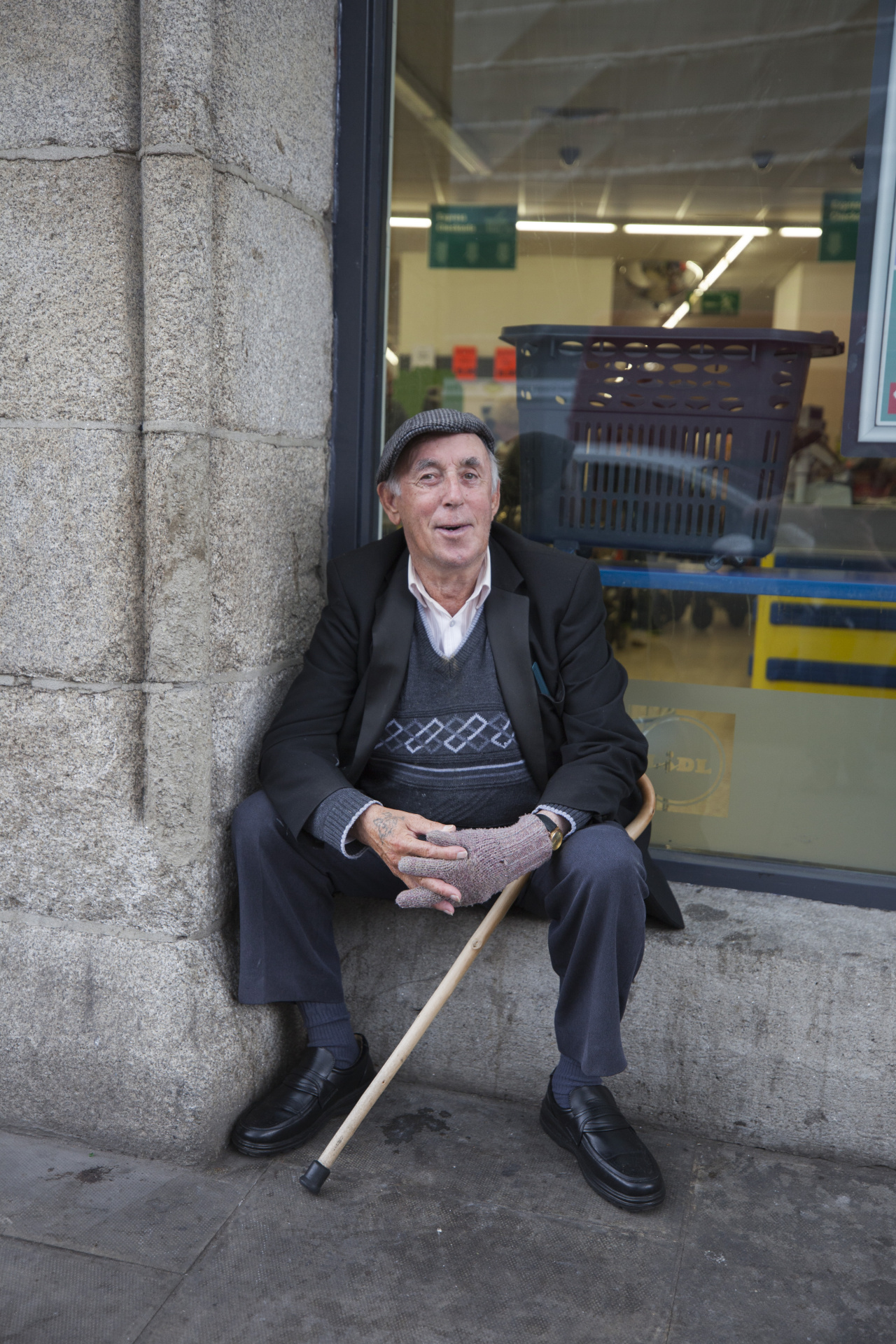When I was asked to document a well-known city for an extremely familiar publication, I felt joy and fear – the fear of capturing the spirit of a city I didn’t know that much about. I started to research, and maps are always the best place to start.
Culture is rooted in the physical environment, and history evolves within these enduring boundaries. Before I get bogged down in logistics, I scan through maps and ask questions to carve out a sense of the place. What do I know? What is unexpected? How does that tie to the culture? From start to finish I have maps in a pocket.
Flying into Dublin, you will notice that it’s beside the sea, the Irish Sea no less, which takes a bite out of the neat, concentric urban structure. The River Liffey bisects the centre of the city and finishes its journey from boggy hill through farmland to sea. That’s Dublin in a nutshell – sitting on a large sweeping bay, a river cutting through the centre, ringed with fields and mountains. Why do I never see pictures of the coast when we have weekends in Dublin? Photos of pints in the Temple Bar are familiar and easy; I wanted to find a different path to capture the old and new.
Dublin means ‘dark pool’ in Gaelic, and the modern Irish name is equally watery – as the ford to cross the River Liffey. The tidal ebb and flow recall its history; where generations sailed off to new worlds, their descendants return to global HQs in the same old docks. The abundant waters make the Emerald Isle its trademark green and are vital to the whiskeys and famous dense stouts.
To bring structure to my thought-flow required the insight of local writer Pól Ó Conghaile. He knew specific people and places would capture the deeper story. I wasn’t required to follow the article in my photographs, but aimful wandering invites the unexpected and makes for better images.
The best advice was to board the DART train and head for the coast. Getting out of Dublin helps you understand the city, and within minutes we reached the expansive coast. Back to the city for dinner at Klaw Poke, north of the Liffey, was also one of the greatest meals I have eaten – fresh, delicious and inexpensive seafood, of course. On my final day, I headed up the Wicklow mountains and happened upon the Wind Phone, a work of art that appeared in situ days before. A Japanese art concept plonked on an Irish hillside with views to sea seemed to fit. The new, the old, the unexpected summed up in this quirky tribute to loss and love.*
The article appears in the December/January 2018 National Geographic Traveler magazine Best Trips for 2018.
*tragically the phone itself was destroyed by vandals days after the photographs were taken.
